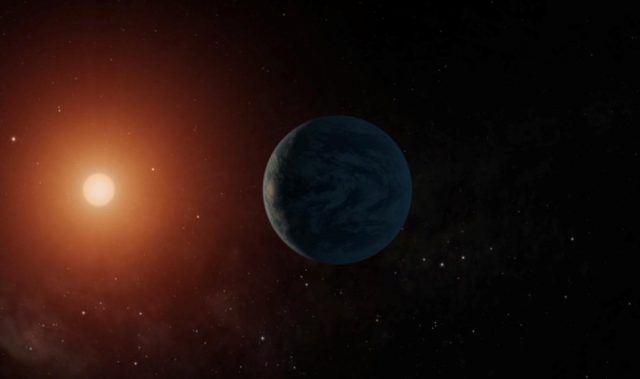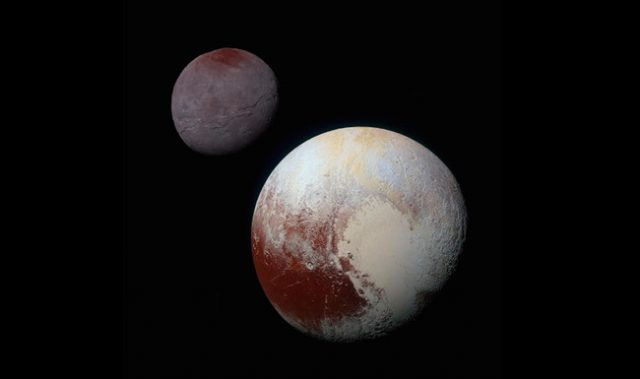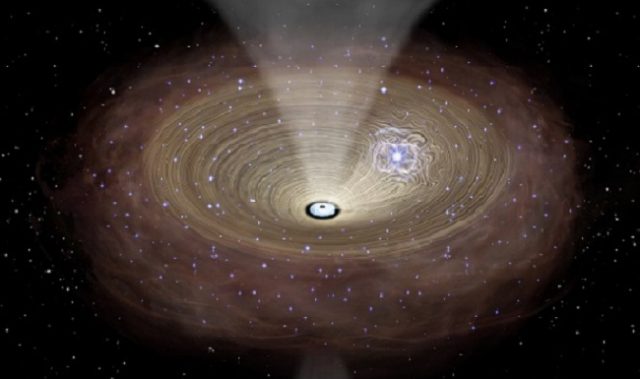
AsianScientist (Sep. 5, 2019) – Using the combined power of multiple astronomical observatories around the world and in space, an international team of astronomers has discovered a treasure-trove of previously unknown ancient massive galaxies. They reported their findings in the journal Nature
The Hubble Space Telescope gave scientists unprecedented access to the previously unseen universe, but even it is blind to some of the most fundamental pieces of the cosmic puzzle. Hence, in this study, astronomers from the Institute of Astronomy at the University of Tokyo (UTokyo), Japan, together with colleagues in China, Europe, Taiwan and the UK, combined a variety of methods to confirm the existence of a large population of galaxies.
“The light from these galaxies is very faint with long wavelengths invisible to our eyes and undetectable by Hubble,” explained Professor Kotaro Kohno of UTokyo. “So we turned to the Atacama Large Millimeter/submillimeter Array (ALMA), which is ideal for viewing these kinds of things.”
Even though these galaxies were the largest of their time, the light from them is not only weak, but also stretched due to their immense dimensions. As the universe expands, light passing through becomes stretched, so visible light becomes longer, eventually entering into the infrared range of the light spectrum. The amount of stretching allows astronomers to calculate how far away something is, as well as when the light from it was originally emitted.
“It was tough to convince our peers that these galaxies were as old as we suspected them to be. Our initial suspicions about their existence came from the Spitzer Space Telescope’s infrared data,” said Professor Tao Wang of UTokyo. “But ALMA has sharp eyes and revealed details at submillimeter wavelengths, the best wavelength to peer through dust present in the early universe. Even so, it took further data from the imaginatively named Very Large Telescope in Chile to really prove we were seeing ancient massive galaxies where none had been seen before.”
Another reason these galaxies appear so weak is because larger galaxies, even in the present day, tend to be shrouded in dust, which obscures them more than their smaller galactic siblings.
“The more massive a galaxy, the more massive the supermassive black hole at its heart. So the study of these galaxies and their evolution will tell us more about the evolution of supermassive black holes too,” said Kohno. “Massive galaxies are also intimately connected with the distribution of invisible dark matter. This plays a role in shaping the structure and distribution of galaxies. Theoretical researchers will need to update their theories now.”
The article can be found at: Wang et al. (2019) A Dominant Population of Optically Invisible Massive Galaxies in the Early Universe.
———
Source: University of Tokyo; Photo: Wang et al.
Disclaimer: This article does not necessarily reflect the views of AsianScientist or its staff.












